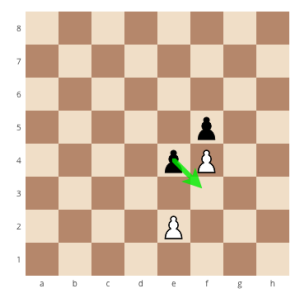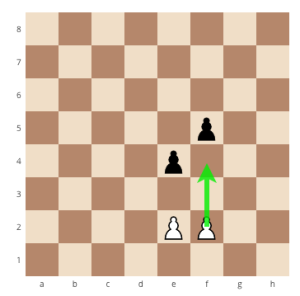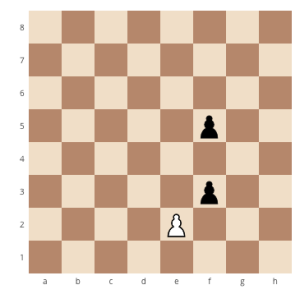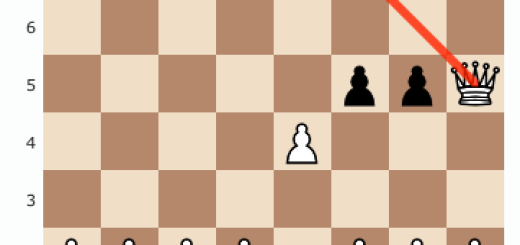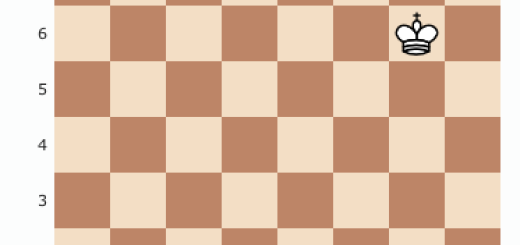The En Passant Capture in Chess 101
The En Passant Capture in Chess 101
The History of En Passant, How to Capture En Passant, & More
The “En Passant” capture in chess, one of the two special moves in chess, the other being the “Castling” move with King and the rook. We’ll cover in detail how to perform the en passant capture move, the rules of the en passant capture move, and everything in between.
First, let’s give a brief history of the en passant rule for those history buffs, and then we’ll dive into the actual move and all that good stuff.
Origins of the En Passant Capture Move in Chess
The game of chess did not originate with the en passant move. It wasn’t until the 15th century when the rule that gave pawns a double move on the first move was introduced to the game. This would be one of the last major changes to the rules of the game of chess.
The purpose behind the En Passant capture is to prevent a pawn from potentially passing an enemy pawn closing in on capture. With the original pawn movement, a pawn wouldn’t have been able to pass an enemy pawn on the first move, and would be captured. This way, the two space move pawns are allowed do not become an advantage over avoiding capture on the first move.
Why Only Pawns for En Passant Capture?
Going back to why the rule was originated, unlike the other pieces, a pawn can only move one space at a time. If a pawn was closing in on any other piece, they can easily move several spaces away. Pawns on the other hand, only being able to move one space at a time, would be captured. The En Passant move would allow them to avoid this, hence the rule being invented to keep the game fair.
What is the En Passant Capture?
Ok, now that we’ve covered the history and the En Passant capture origins, let’s dive into how to capture with the “En Passant” move.
The en passant capture involves 2 pawns and only occurs with pawns.
The en passant capture occurs only when a pawn moves two spaces forward, and the enemy pawn would ahem captured the piece if it had only moved one space forward. The result being as if the pawn had only moved one space forward instead of two.
This is the only capture in chess in which a piece is captured and the space is not replaced by the capturing piece.
Rules of En Passant Capture
- The En Passant move can only be done with pawns
- It can only occur when a pawn moves 2 spaces on its first move, and moves next to an opposing pawn (avoiding capture with a one space move)
- The capture must be performed on the next move
- The opposing player does not have to capture with en passant
- It can not be done if the capturing pawns move would expose the King
Remember while this move is a special capture in chess, aside from the circumstances to occur, it is still just like any other capture in the game of chess. Enjoy!
Learn More:
Learn Chess 101: Learn How to Play Chess, the Rules of Chess & Basic Chess Strategy
Learn How to Win Chess in 2 Moves (Fool’s Mate/2 Move Checkmate)
Learn How to Win Chess in 3 Moves (3 Move Checkmate)

